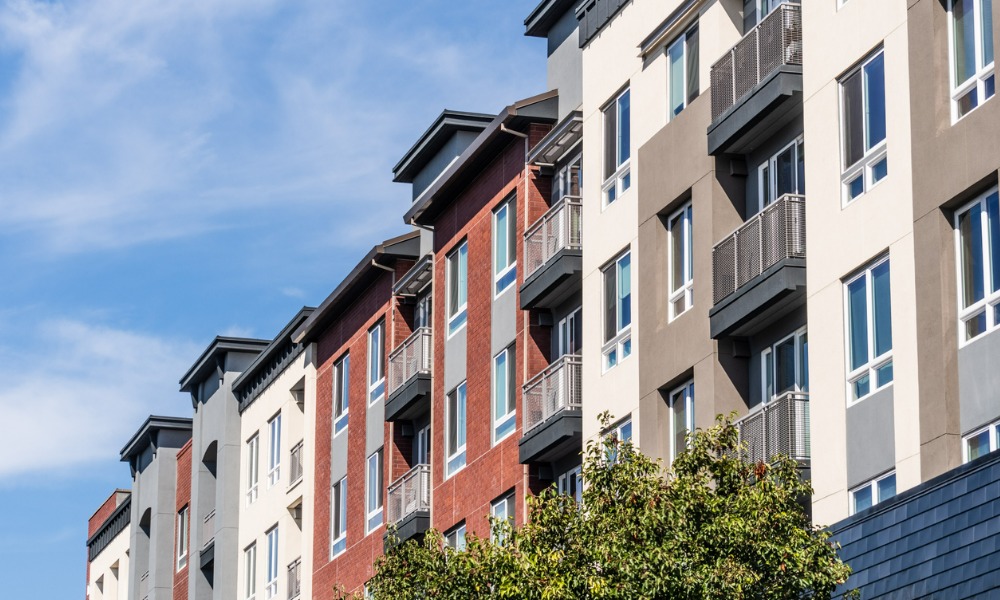Yardi Matrix answers this question in its latest report

Real estate investors remain bullish on the multifamily sector, according to the findings of Yardi Matrix’s new Multifamily Trading Bulletin.
Last year, Yardi recorded a whopping $215 billion of multifamily property sales, trading for an average of $192,105 per unit. Both sales and prices were all-time highs. Frenzied transaction activity in past cycles has either continued or portended bubbles that were burst by economic downturns. But, according to Yardi, the past never repeats itself exactly.
“Unlike some previous cycles, pricing growth in recent years has been accompanied by record-high rent increases,” the report read.
The average price per unit soared 21.6%, the biggest one-year jump in decades. High prices were justified by the 17.7% compound annual growth rate for the 4,500 multifamily properties (about 5.3% of 83,000 properties in Matrix’s database) sold at least three times over the past decade. Multifamily rent growth was not far behind at a record pace of 14%.
“Investors will pay a premium for strategically located value-add properties,” Yardi said. “Investors were laser-focused on secondary markets and areas with strong in-migration—particularly Texas, the Southeast and Southwest— where demand and rent growth are increasing faster than the rest of the nation. Relatively few properties in gateway markets made the list of repeat sales, in part because acquisition yields in those markets are already high and provide less room for upside.”
Read more: Housing woes yield bonanza for multifamily investors
Investors tend to put more money into smaller assets geared toward working-class renters. These investments have the potential for high rent growth because those properties have relatively low rents and are in markets with above-trend rent growth, explained Paul Fiorilla, director of research at Yardi Matrix.
“They have the potential for high rent growth because those properties have relatively low rents and are in markets with above-trend rent growth,” wrote Paul Fiorilla, director of research for Yardi Matrix.
“Given that leverage levels in recent years have remained relatively conservative compared to the period before the global financial crisis and the supply-demand imbalance in the US housing market has produced extremely high occupancy rates, multifamily has good prospects relative to other segments of the economy and real estate,” Fiorilla added. “Even so, there are enough red flags that investors should take the possibility of a downturn seriously and underwrite debt and equity with caution.”



